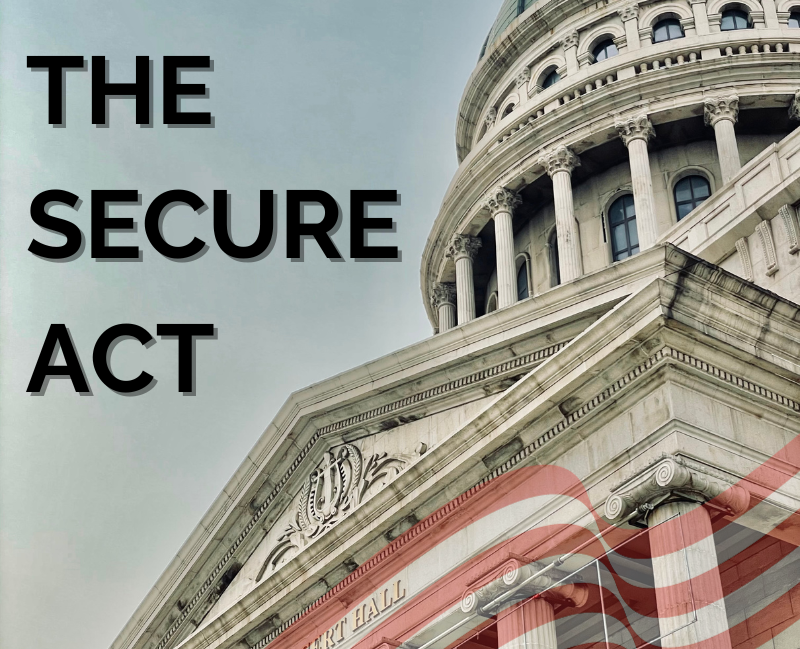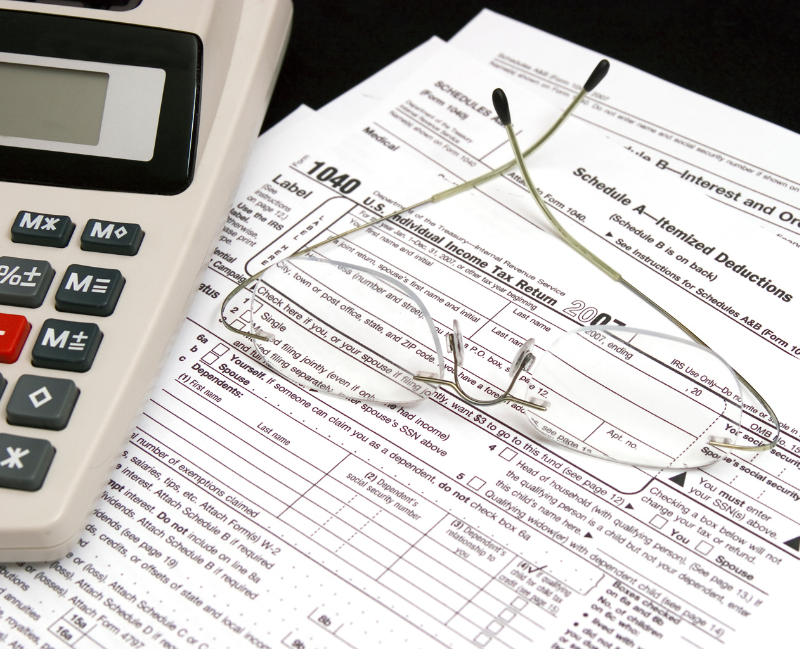As the tax year comes to a close around the holidays, it’s common to take stock of the year’s income and turn to charitable giving to potentially offset taxes. While a generous and mutually beneficial option, this can also be tricky to navigate depending on the taxpayer’s age and income level.
Under current tax laws, individuals aged 70 ½ or older can make Qualified Charitable Distributions (QCDs) from their IRA to a charity without reporting it as income, allowing for a dollar-for-dollar income tax deduction.
While this option provides several benefits for older investors, the SECURE Act of 2019 poses some unique challenges for younger taxpayers looking to make charitable donations.
Fortunately, there are several financial planning strategies that can help. One such strategy involves creating donor-advised funds as IRA beneficiaries, allowing children to use pre-tax money for charitable donations and mitigating the impacts of the SECURE Act.
With so many options and nuances when it comes to taxes, it’s important to understand how to invest charitable donations wisely under current tax law while preparing for potential changes on the horizon after 2025.
Qualified Charitable Distributions (QCDs)

A Qualified Charitable Distribution (QCD) allows individuals who are 70 ½ or older to donate up to $100,000 a year to one or more charities directly from a taxable IRA account instead of taking the required minimum distributions.
This $100,000 per-person limit applies to the sum of all QCDs taken from IRAs in a year. This can be done in the form of one large donation or several smaller contributions spread out over the course of the calendar year. As the person making the donations does not report them as income (unlike distributions), this strategy provides a dollar-for-dollar income tax deduction.
Qualified Charitable Distributions provide a way for those over the age of 70 ½ to circumvent the high standard deduction (which is currently set at $30,000 for a married couple filing jointly), as well as state and local tax deduction limits. Another benefit of a QCD is that these donations count toward the annual required minimum distribution (RMD) without increasing taxable income.
This is a great way for older investors to serve the community while also saving on their yearly taxes – a strategy that proves especially beneficial under the current tax regime.
Challenges Under the SECURE Act

While prudent charitable giving seems beneficial when tax time comes around, the process can be more difficult for younger taxpayers due to the SECURE (Setting Every Community Up for Retirement Enhancement) Act. Passed in 2019, this legislation creates several challenges for retirement plan beneficiaries looking to make charitable donations.
Inheriting money from the IRA or 401(k) plans of deceased relatives is the first obstacle.
If this happens, the person must add those proceeds to their taxable income within a tight 10-year period. This often means that the funds are moved into their accounts during their peak earning years, requiring higher tax payments than if they were retired.
Additionally, higher income taxes must be paid within 10 years of the account holder’s death, rather than deferred over the lifetime of the beneficiary. The combination of significantly higher income taxes and the lost time value of money in the years the beneficiaries survive can easily amount to twice what the inheritors would have lost under tax law prior to 2019.
Donor-Advised Funds for IRA Owners

Due to their versatility and tax efficiency, donor-advised funds are a versatile and popular option.
One way to work in concert with the SECURE Act is to contribute to donor-advised funds: assets are deposited in these accounts for charitable donations over time. Sponsoring organizations manage the funds, while individuals, families, or organizations recommend where to invest them.
IRA or 401(k) owners can create donor-advised funds as beneficiaries, allowing their children to use pre-tax money for annual charitable donations and thus minimizing the impact of the SECURE Act.
Donor-advised funds allow investors to claim additional tax deductions while also lowering capital gains taxes as donors are not required to pay capital gains on these charitable contributions.
The contributions can be invested before they are given out as charitable donations, meaning that with market growth, the funds available for charitable giving can grow over time.
While an immediate tax deduction can be taken for any deposits made to the fund, growth on the fund is not taxed since the assets belong to the fund’s charitable sponsor.
Future Considerations and Alternatives
Another important factor to consider is that the Tax Cuts and Jobs Act (TCJA) of 2017 is currently scheduled to sunset at the end of 2025, which could bring about significant changes to tax law.
Considering potential changes in deduction limits in 2026, there’s still the option for children to establish their own donor-advised funds using IRA proceeds after 2025, providing an avenue to use pre-tax funds for charity even before 2026, if they qualify.
If either the standard deduction or the state and local income tax deduction restores to previous levels, the donor’s children could instead invest some IRA proceeds to the donor-advised funds that they have established themselves, using these funds to make future charitable donations.
Keep Track of Charitable Giving
 Regardless of the charitable giving route, charitable donations from a taxable account can help reduce your tax bill – if you itemize. It’s essential to keep track of all donations with proper documentation, including an itemized receipt for non-cash charitable contributions over $250. Doing so entitles you to a tax deduction as well as helping to lower or even eliminate the capital gains tax.
Regardless of the charitable giving route, charitable donations from a taxable account can help reduce your tax bill – if you itemize. It’s essential to keep track of all donations with proper documentation, including an itemized receipt for non-cash charitable contributions over $250. Doing so entitles you to a tax deduction as well as helping to lower or even eliminate the capital gains tax.
The current limit on charitable cash contributions is 60% of the taxpayer’s adjusted gross income. Taxpayers also have the option to donate their RMD (Required Minimum Distributions). This will result in a tax-free distribution, rather than having to pay ordinary income tax.
To learn more about how Stableford Capital can help determine which charitable giving strategies would be most beneficial for your current situation, call 480.493.2300 or contact us to schedule your complimentary 15-minute consultation.
